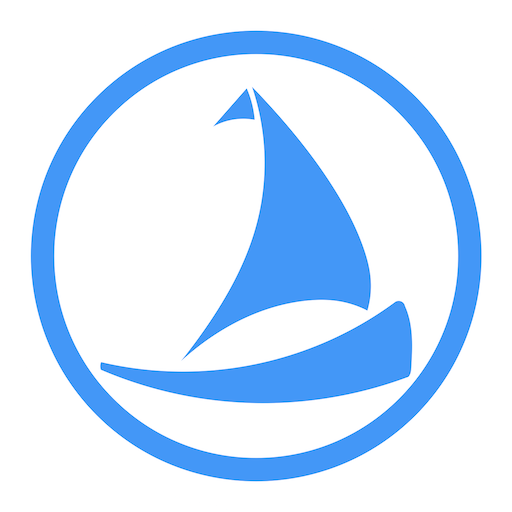Port
The left-hand side of a vessel when facing forward towards the bow.
The term “port” is used in maritime navigation to refer to the left side of a ship or boat when one is facing the bow (the front of the vessel). This term is essential for ensuring clear communication and avoiding confusion, especially in situations where precise directional instructions are required, such as during docking, manoeuvring, or navigating in congested waters. The opposite of “port” is “starboard,” which refers to the right-hand side of the vessel.
Historically, the term “port” replaced the older term “larboard,” which was deemed too phonetically similar to “starboard,” leading to potential miscommunication. The word “port” likely originated from the practice of docking ships with the left side against the port or harbour, as the steering oar (before the advent of the rudder) was traditionally mounted on the right-hand side of the vessel, making it easier to dock on the left.
In modern navigation, the port side is often marked with red lights or markers, while the starboard side is marked with green. This colour-coding is crucial for night-time navigation and for identifying the orientation of other vessels at sea. Understanding the distinction between port and starboard is fundamental for anyone involved in maritime activities, as it ensures that all crew members and navigators are on the same page when discussing directions and manoeuvres.

